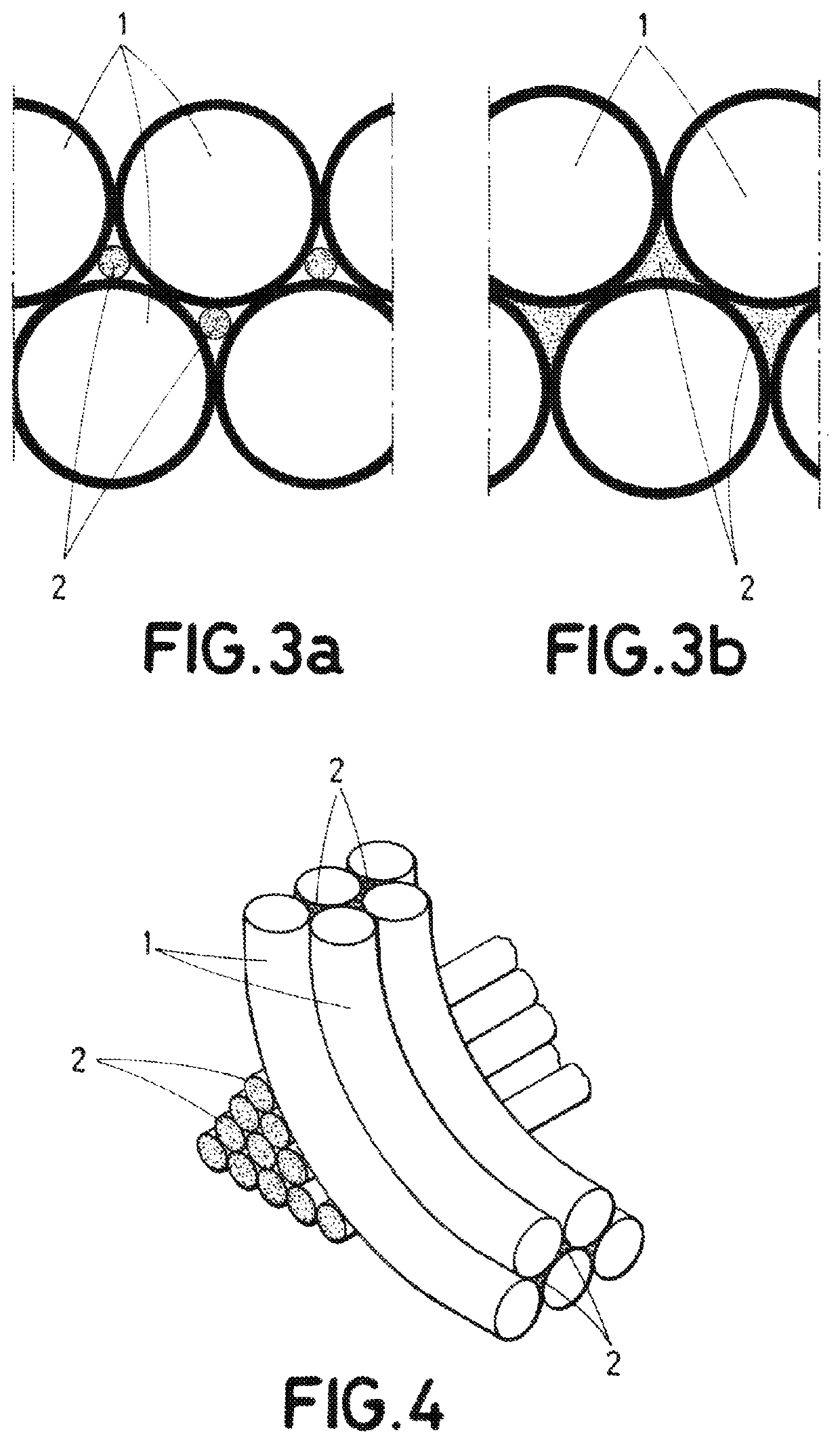Method for manufacturing a part
a manufacturing method and technology for parts, applied in the field of manufacturing, can solve the problems of increasing the cost and time of fabrication, high recurring/non-recurring costs associated with these conventional manufacturing techniques, and predetermining the production rate of aircraft, so as to reduce water ingestion problems, improve dimensional tolerances, and improve tightness
- Summary
- Abstract
- Description
- Claims
- Application Information
AI Technical Summary
Benefits of technology
Problems solved by technology
Method used
Image
Examples
Embodiment Construction
lass="d_n">[0083]The person skilled in the art should recognize that aspects described herein can be embodied either as a method for manufacturing a part, or as the part itself.
[0084]A method for manufacturing a part layer-upon-layer using Additive Manufacturing technology has been invented and disclosed herein. The method includes performing at least once the steps of: (a) forming a layer by depositing first type filaments, at least a portion of the first type filaments (1) being deposited alongside each other thus creating at least one channel (3), and (b) depositing at least a portion of a second type filament (2) along, e.g., in, said channel (3), wherein the second type filament (2) differs from the first type filament (1) at least in the cross-sectional dimension.
[0085]The method may use an additive manufacturing tool comprising a printing chamber housing a build sheet and at least one print head configured to move over the build sheet and to deposit selectively the first type...
PUM
| Property | Measurement | Unit |
|---|---|---|
| cross-sectional dimension | aaaaa | aaaaa |
| shape | aaaaa | aaaaa |
| volume content | aaaaa | aaaaa |
Abstract
Description
Claims
Application Information
 Login to View More
Login to View More - R&D
- Intellectual Property
- Life Sciences
- Materials
- Tech Scout
- Unparalleled Data Quality
- Higher Quality Content
- 60% Fewer Hallucinations
Browse by: Latest US Patents, China's latest patents, Technical Efficacy Thesaurus, Application Domain, Technology Topic, Popular Technical Reports.
© 2025 PatSnap. All rights reserved.Legal|Privacy policy|Modern Slavery Act Transparency Statement|Sitemap|About US| Contact US: help@patsnap.com


